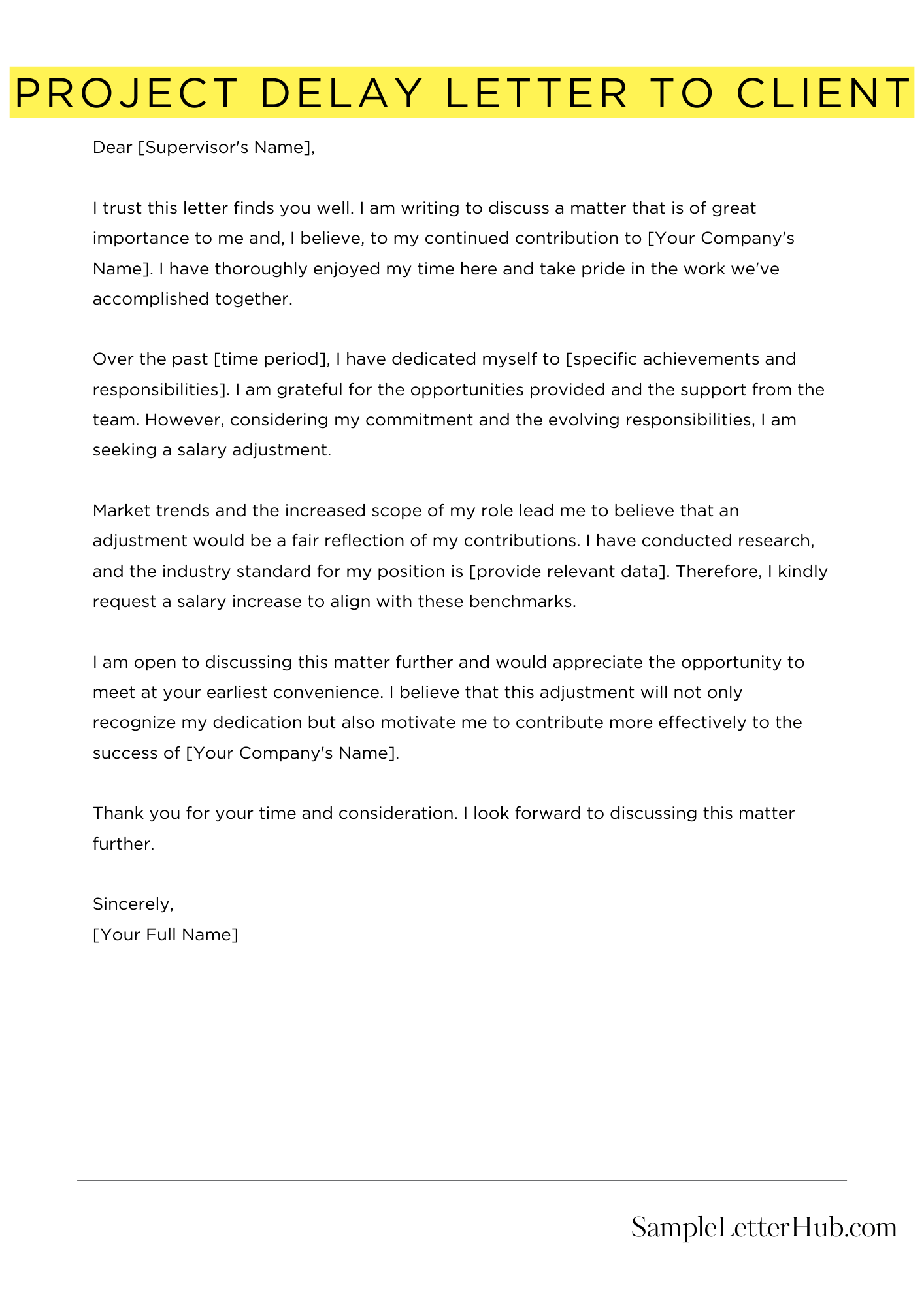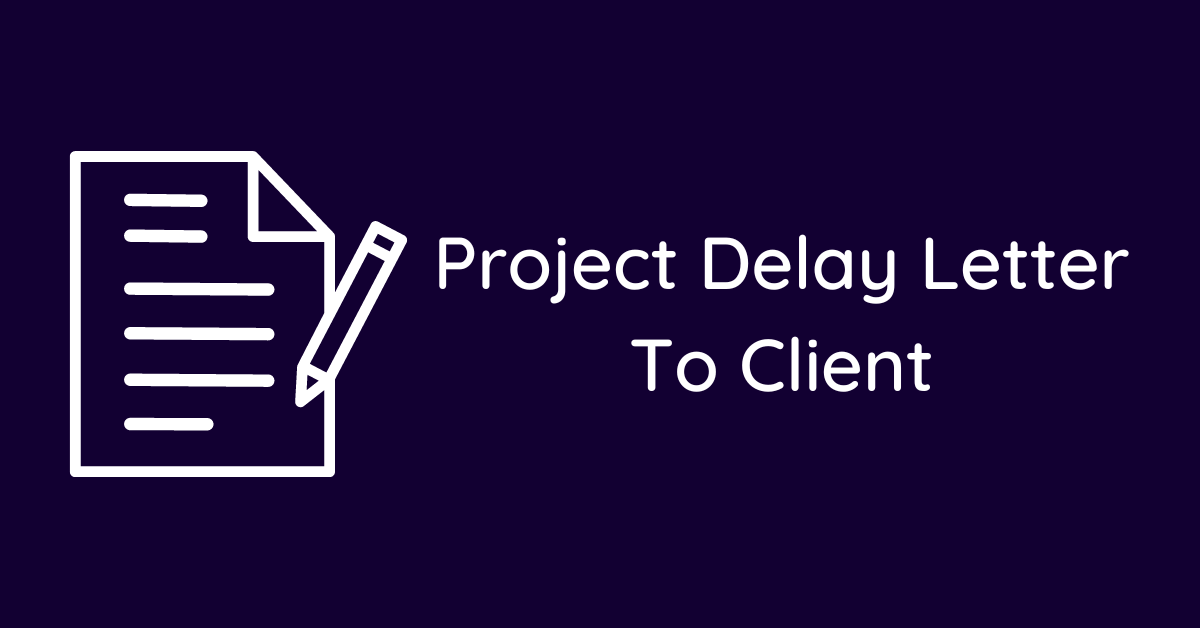A project delay letter to client is a formal communication that informs the client about the delay in the project’s completion. It’s a crucial document that explains the reasons for the delay, its impact, and the revised timeline.
In this blog article, we’ll provide you with a collection of templates, examples, and samples of project delay letters to clients. These resources will guide you in crafting a clear and effective letter that effectively communicates the delay and maintains a professional relationship with your client.
Project Delay Letter to Client
Dear [Client Name],
I am writing to inform you of a delay in the completion of the [Project Name] project. The new estimated completion date is [New Completion Date].
This delay is due to [Reason for Delay]. We understand that this may be disappointing news, and we apologize for any inconvenience it may cause.
We are committed to completing the project to the highest possible standard, and we are working diligently to minimize the delay. We will keep you updated on our progress and will notify you as soon as we have a more definitive completion date.
In the meantime, please do not hesitate to contact us if you have any questions or concerns.
Thank you for your understanding.
Sincerely,
[Your Name]

How to Write a Project Delay Letter to a Client
1. Start with a Formal Salutation
Begin your letter with a formal salutation, such as “Dear [Client Name].” This will set a professional tone for the letter.
2. State the Purpose of the Letter
In the first paragraph, clearly state that you are writing to inform the client of a project delay. Be specific about the project and the new deadline.
3. Explain the Reason for the Delay
In the next paragraph, explain the reason for the delay. Be as detailed as possible, but avoid using technical jargon that the client may not understand.
4. Apologize for the Delay
In the third paragraph, apologize for the delay. Express your regret and understanding of the inconvenience it may cause.
5. Offer a Solution
If possible, offer a solution to the delay. This could include extending the deadline, providing a discount, or offering a refund.
6. Request Understanding
In the fourth paragraph, request the client’s understanding of the situation. Explain that you are committed to completing the project as soon as possible.
7. End with a Call to Action
In the final paragraph, end with a call to action. This could include asking the client to contact you if they have any questions or concerns.
Project Covering Letter To The Client
1. What is the purpose of a project cover letter?
The purpose of a project cover letter is to provide a brief introduction to the project, its goals, and your qualifications. It is also an opportunity to express your interest in the project and to persuade the client to choose you for the job.
2. What are the key elements of a project cover letter?
The key elements of a project cover letter typically include:
- Your contact information
- The date
- The client’s name and address
- A brief introduction of yourself
- A description of your qualifications and experience
- A statement of your interest in the project
- A call to action
3. How long should a project cover letter be?
A project cover letter should be concise and to the point. It should be no longer than one page, and it should be easy to read and understand.
4. What are some common pitfall to avoid in a project cover letter?
Some common pitfalls to avoid in a project cover letter include:
- Using jargon or technical terms that the client may not understand
- Bragging about your accomplishments
- Focusing on your needs rather than the client’s needs
- Failing to proofread your cover letter carefully
5. What are some tips for writing a successful project cover letter?
Some tips for writing a successful project cover letter include:
- Tailor your cover letter to each project you apply for
- Highlight your relevant skills and experience
- Quantify your accomplishments
- Use strong action verbs
- Edit and proofread your cover letter carefully

